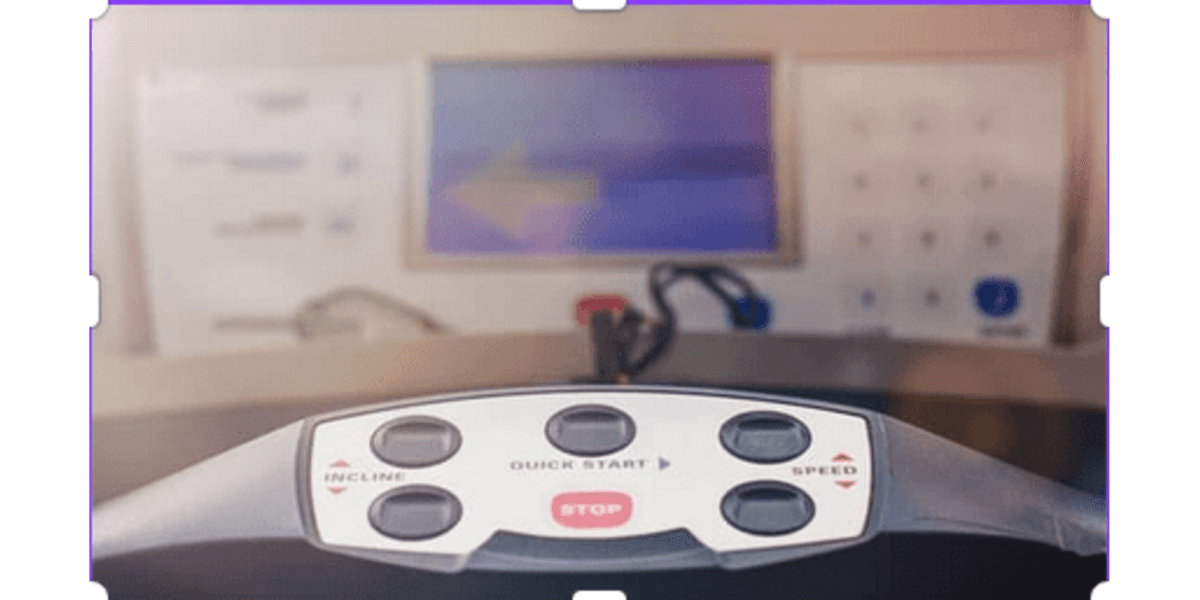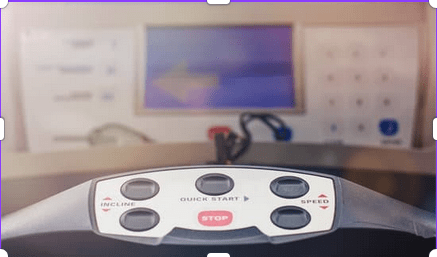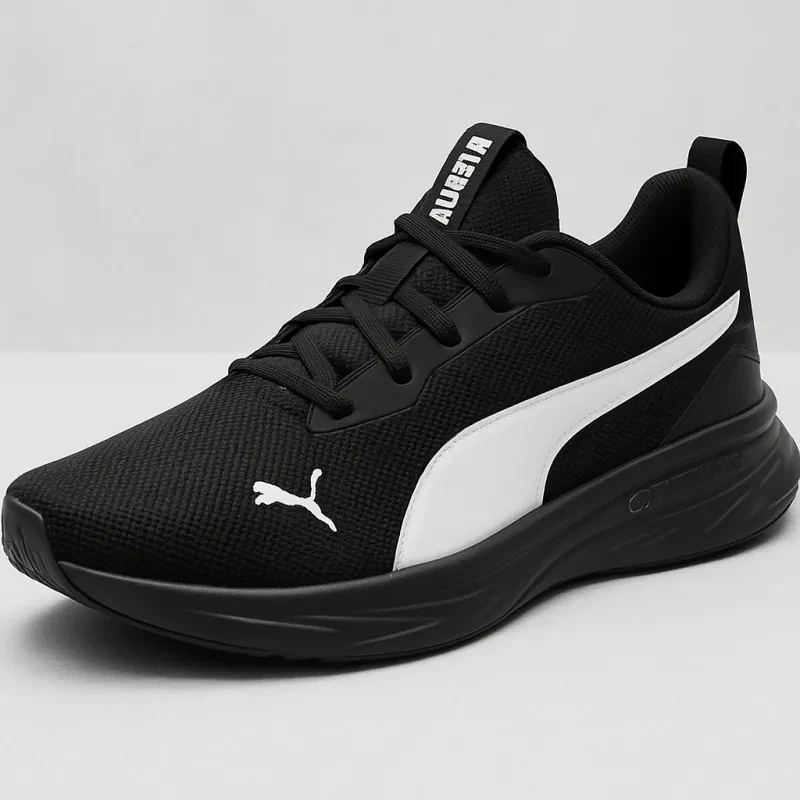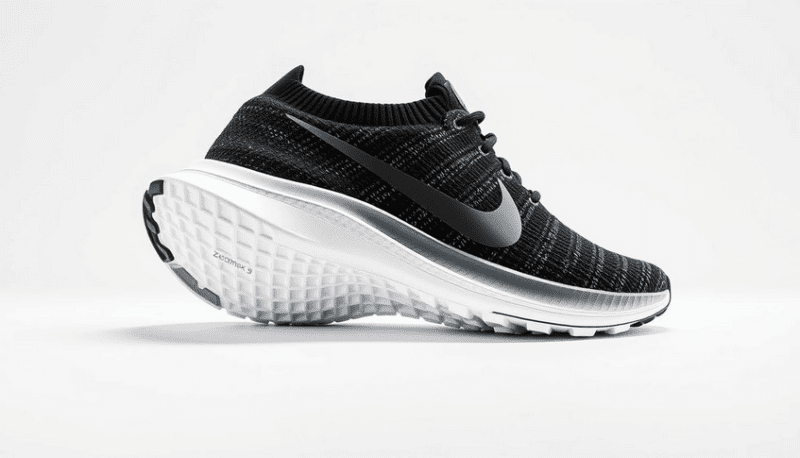Finding your ideal walking speed on your walking pad can make all the difference in your workout experience. Whether you’re strolling for pleasure or pushing yourself to break a sweat, knowing how to fine-tune your pace is essential. Each person is unique, so it’s crucial to experiment and discover what feels best for you. Start by trying out different speeds; this not only helps in finding a comfortable pace but also keeps your routine exciting.
To get started, consider your fitness goals. If you’re looking to simply maintain your health, a moderate speed of about 2.0 to 3.5 mph may suit you best. However, if you’re training for a specific event or aiming to lose weight, you might want to gradually increase your pace to between 3.5 to 4.5 mph. Remember to listen to your body and adjust accordingly. This is where knowing how to adjust the speed settings on your walking pad becomes vital. Make small changes to find what speed allows you to walk comfortably while still challenging yourself.
Another key factor to consider is your walking form. Keep your posture upright, shoulders back, and arms moving naturally as you walk. This alignment can enhance your overall experience and help you maintain your ideal speed without straining yourself. Regularly adjusting the speed can also prevent monotony and keep your workouts fresh, so don’t hesitate to modify it as needed.
Finally, remember that technology can be your friend. Most walking pads come with pre-set programs designed to simulate different walking environments. Experiment with these settings to find your ideal walking speed while enjoying a bit of variety. By understanding how to adjust the speed settings on your walking pad, you’re not just walking—you’re optimizing your entire fitness journey.
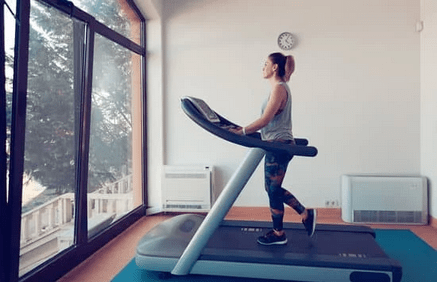
Understand Speed Settings for Better Workouts
When it comes to maximizing your workouts on a walking pad, understanding the speed settings can make a significant difference. Whether you're just starting out or looking to ramp up your routine, knowing how to adjust the speed settings on your walking pad is key. The various speed options influence the intensity of your exercise, helping you to achieve your fitness goals more effectively.
Most walking pads offer a range of speeds, typically from a slow, leisurely pace to a brisk walk or even a jog. If you're a beginner, it's essential to start slow. Begin with a comfortable speed that allows you to maintain a conversation without gasping for air. This will help build your endurance and ensure that your body adapts to the new activity level. As you become more comfortable, gradually increase the speed to challenge yourself and improve your cardiovascular fitness.
Intermediate and advanced users can benefit from interval training by adjusting the speed settings throughout their workout. For instance, you might walk at a steady pace for a few minutes and then increase the speed for a short burst before returning to your comfortable speed. This method not only enhances calorie burn but also keeps your workout interesting and engaging. Experimenting with different settings can help you discover what feels best for your body.
Lastly, remember that your walking pad speed settings can be adjusted mid-workout, allowing you to listen to your body. If you feel fatigued, lowering the speed can help you recover while still reaping the benefits of movement. On the other hand, if you're feeling strong, don’t hesitate to increase the speed for a more intense session. Being adaptable with your speed settings will help you stay motivated and ensure your workouts remain enjoyable.
Tips for Adjusting Your Walking Pad
When it comes to getting the most out of your walking pad, understanding how to adjust the speed settings on your walking pad is essential. Whether you're a beginner just starting your fitness journey or a seasoned pro looking to amp up your routine, making the right adjustments can keep your sessions effective and enjoyable. Here are some practical tips to help you customize your walking experience!
First, it's important to start slow. If you're new to using a walking pad, begin at a modest speed to get a feel for the equipment and your own comfort level. Gradually increase the speed as you gain confidence and get accustomed to the motion. This gradual approach not only reduces the risk of injury but also allows your body to adapt more effectively to your walking routine.
Next, pay attention to your walking form. Maintaining good posture is crucial when adjusting speed settings. Ensure your back is straight, shoulders are relaxed, and your feet are striking the pad gently. If you find yourself leaning forward or straining, it might be a sign to reduce the speed and focus on your form before speeding up again. Remember, the goal is not just to walk faster, but to walk well!
Finally, don't be afraid to experiment with different speeds during your workouts. Interval training, where you alternate between slower and faster speeds, can help you build endurance while keeping your sessions exciting. For example, start with a warm-up at a lower speed, then boost it for a short burst, and return to a more moderate pace. This technique not only challenges your body but also keeps your mind engaged as you adjust the speed settings on your walking pad.
Track Your Progress and Stay Motivated
Tracking your progress is essential for staying motivated on your walking journey. By monitoring your speed and distance, you can set achievable goals and celebrate your milestones. Whether you prefer to jot down your workouts in a journal or use a fitness app, keeping a record will help you see how far you’ve come since you started learning how to adjust the speed settings on your walking pad.
Another great way to stay motivated is by setting specific, measurable goals. Instead of just aiming to walk a certain number of minutes, try to increase your speed gradually. For example, if you typically walk at a speed of 3.0 mph, aim to increase it to 3.5 mph by the end of the month. Each time you successfully adjust your speed settings, you'll feel a sense of accomplishment that fuels your desire to keep going.
Don’t forget to incorporate variety into your walking routine! Varying your speed can make your sessions more enjoyable and effective. You can try interval training by alternating between faster and slower speeds. Not only is this method effective for burning calories, but it also keeps your walks interesting. Experimenting with different speed settings on your walking pad can help you discover what you enjoy the most while practicing how to adjust the speed settings on your walking pad.
Finally, consider finding a walking buddy or joining a community to share your progress with. Connecting with others who are also interested in improving their walking skills can provide you with support and friendly competition. Whether you’re sharing tips on how to adjust the speed settings on your walking pad or celebrating each other’s achievements, it’s a fun way to stay committed to your walking goals.
DISCLAIMER
This document is provided for general information purposes only and should not be relied upon as providing legal advice, technical, or specific operational guidance to the reader, whether as to the practices described in the document or the applicable legal requirements and regulations. Save on Sneaks expressly disclaims any responsibility for liability arising from or related to the use or misuse of any information in this document.
